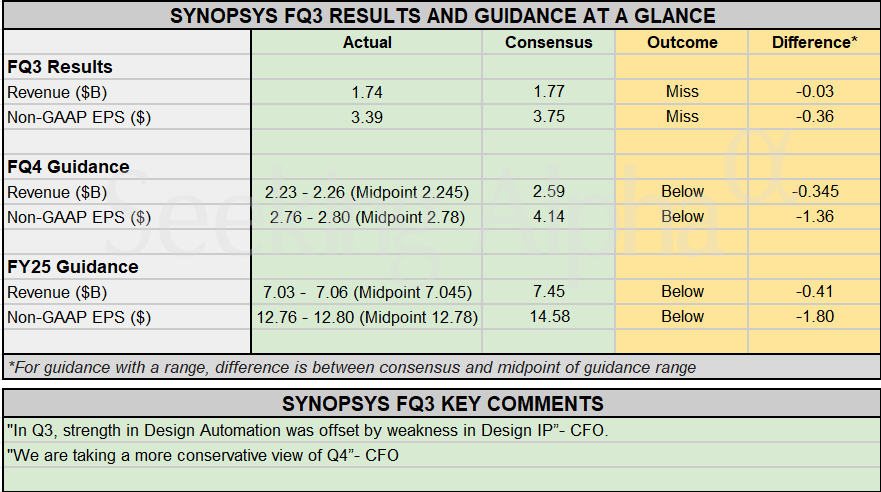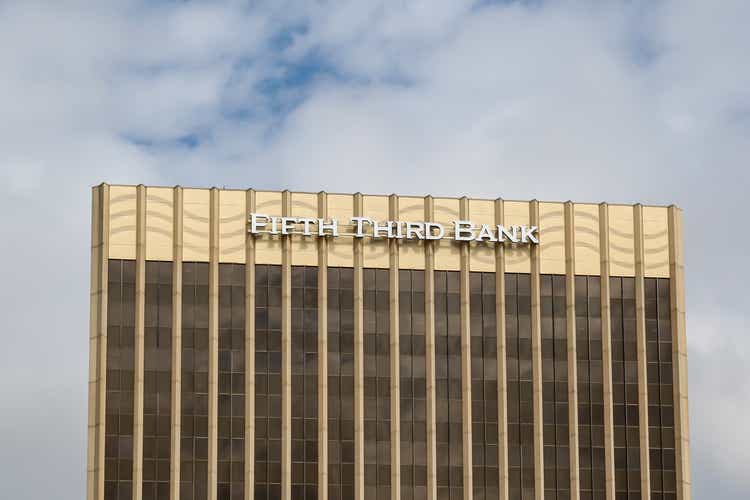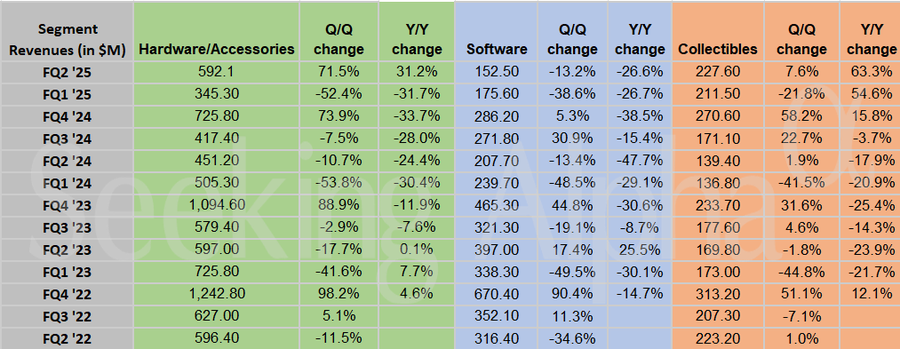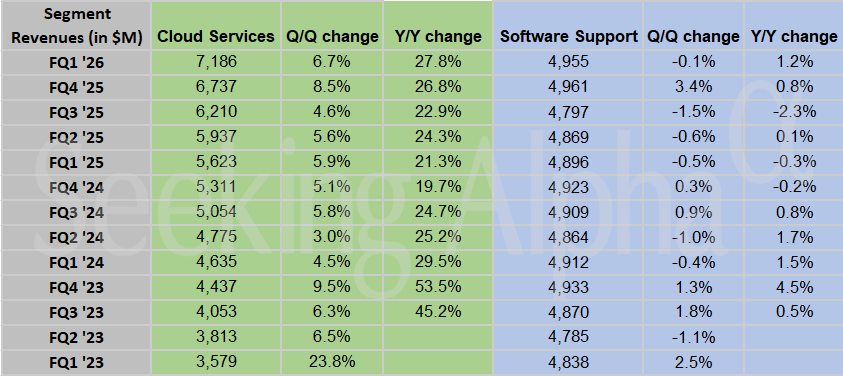- Weaker labor data has boosted expectations of Fed rate cuts, with Wharton’s Jeremy Siegel predicting three reductions this year. Markets are rallying on the outlook, while Goldman Sachs’ Jan Hatzius warns job growth is fragile but sees a rebound by 2026 as tariffs ease and policy turns supportive.
Recent jobs data did not paint the stable picture of the labor market that the Federal Open Market Committee (FOMC) might have been hoping for. The story will likely be the same for inflation data released later this week.
While conflicting pressures on both sides of the Fed’s dual mandate will make a base rate decision more complex for chairman Jerome Powell and his colleagues, markets are taking it as a win: The Fed may, at last, be forced to cut the base interest rate.
This is what many on Wall Street—and in Washington—want to see. Many argue that the Fed’s current stance, with rates at 4.25 to 4.5 at present, is too restrictive. Markets want to see economic activity fostered by lower borrowing costs.
As Professor Jeremy Siegel, of the Wharton School at the University of Pennsylvania wrote for WisdomTree yesterday: “The market got exactly what it needed last week: confirmation that the economy is slowing—not collapsing—and that the Federal Reserve has the green light to start cutting rates.”
Siegel, who is senior economist at WisdomTree, said he expects a 0.25bps cut to the base rate at the FOMC’s September meeting and two further one-click cuts for the remaining two meetings in 2025.
“Even an upside surprise in next week’s PPI or CPI—running near a 3% year-over-year pace—should not derail that path, because the policy debate has shifted decisively toward labor-market weakness rather than transient price noise,” Siegel added.
Markets are looking marginally up before the bell this morning: S&P 500 futures are up 0.11% premarket. The index closed up 0.21% yesterday, the Nasdaq was up 0.45% and the Dow Jones up 0.25%.
In Europe—even as France works its way through a leadership change—markets were fairly flat with London’s FTSE 100 up 0.18% and Paris’s CAC 40 up 0.2%. Only Germany’s DAX was down, by a slight 0.39%.
Over in Asia the HSI posted a 1.19% bounce with India’s Nifty 50 also up approximately 0.4%. Conversely, Tokyo’s Nikkei 225 was down 0.42% and Shanghai’s stock exchange was down 0.51%.
“I advocate the Fed brings the policy rate below 3% over time; the economy simply doesn’t require restrictive real rates with money growth subdued and inflation trending in the low 2-3% band,” Siegel added. “As cuts progress, the yield curve should normalize from its inverted state, and that shift historically supports equity multiples—particularly for rate-sensitive segments.”
Bond markets are minded to agree, if the data is anything to go by. Yields on U.S. 10-year Treasuries are now dipping back toward 4%, with the CME Group’s FedWatch barometer now pricing in more than an 88% chance of a cut. Indeed, some 12% of analysts expect a 50bps cut.
Further softening
The market is buoyed by the prospect of cuts even despite some shaky data—but Goldman Sachs Jan Hatzius believes there could be more to come.
“We are penciling in an upward revision to the August payroll estimate next month, as seen in 12 of the past 15 September reports,” Hatzius wrote in a note yesterday seen by Fortune. “However, our below-potential 2025 GDP growth estimate of 1.3% on a Q4/Q4 basis suggests that underlying job growth is likely to remain below our 80k estimate of the “breakeven” rate needed to keep the unemployment rate stable, at least in the near term.”
The margins of this “breakeven” rate are narrowing as the months tick on. Thus far, economists told Fortune, a shift in slower hiring has resulted in an equilibrium on account of higher immigration numbers and retirements. As such, the economy hasn’t tipped into unemployment. The margin for error is small though, with the payroll report for August initially adding a little over 20,000 roles.
But despite this tightrope, Goldman’s chief economist sees green shoots ahead: “Barring an outright jobs contraction in the next several months, our baseline forecast is that the economy gradually reaccelerates toward potential in 2026 as the drag from higher tariffs abates, fiscal policy turns more expansionary, and financial conditions remain easy amidst monetary easing.”
Here’s a snapshot of the markets globally this morning:
- S&P 500 was up 0.21% yesterday. S&P futures were up 0.11% premarket.
- EURO STOXX 50 was down 0.15%.
- The U.K.’s FTSE 100 was up 0.13% in early trading.
- Japan’s Nikkei 225 was down 0.42%.
- China’s CSI 300 was down 0.7%.
- India’s Nifty 50 was up 0.37%.
- Bitcoin was up to $112K.
This story was originally featured on Fortune.com

 11 hours ago
1
11 hours ago
1











 English (US) ·
English (US) ·